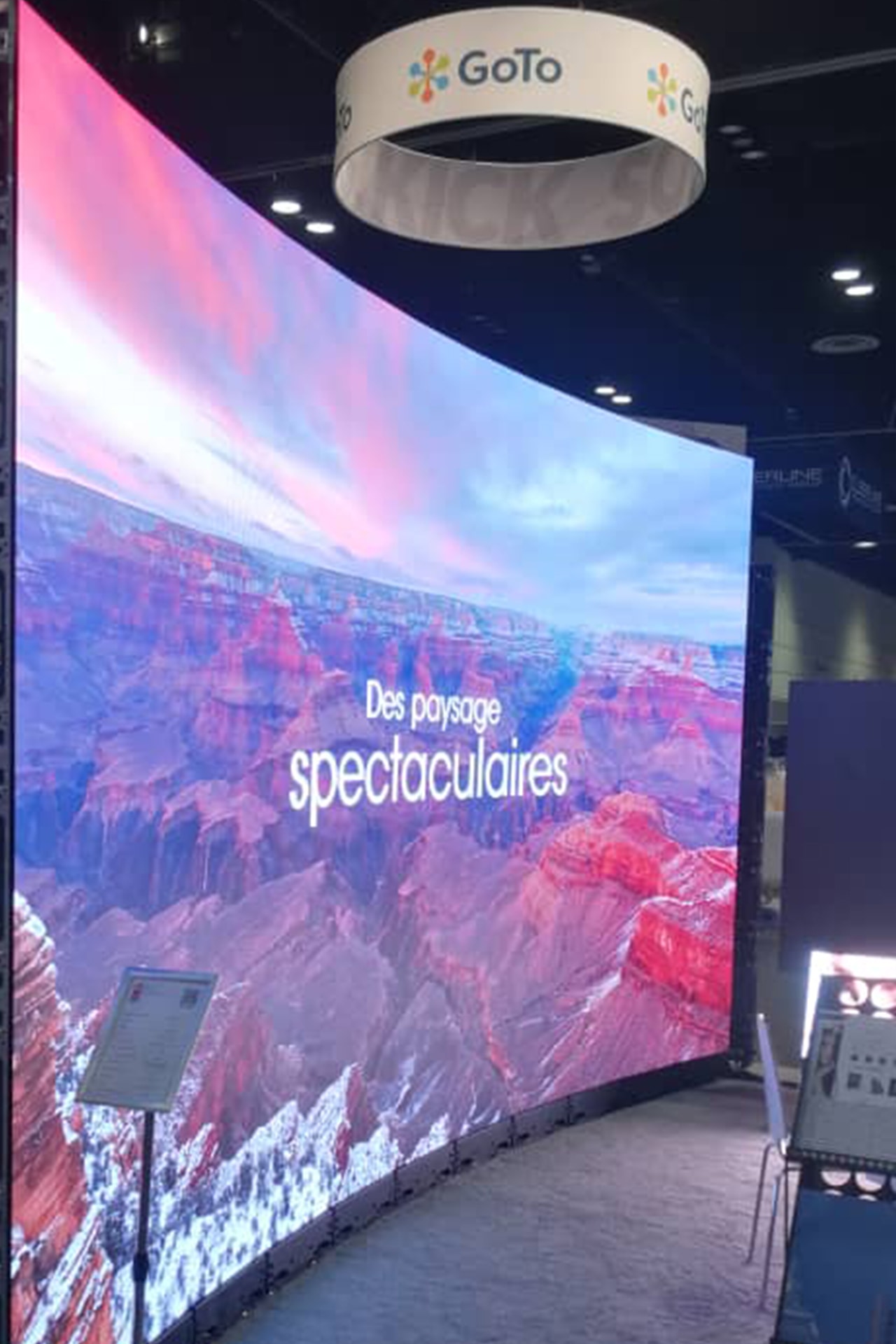The initial step in guaranteeing color precision is comprehending how LED systems works. LEDs, or light-emitting diodes, generate light in multiple shades by combining red, green, and blue (RGB) light. Each pixel on an LED wall is made up of these three hues. When tuned properly, the combination of RGB can create a broad range of hues. However, if one hue is too bright or too dim, it can distort the entire display. This is why calibration is necessary to equalize the hues and achieve the desired visual effect.
Tuning involves adjusting the settings of the LED screen to ensure that the hues displayed correspond the initial content as nearby as possible. This process typically involves using specialized software and hardware instruments. Technicians frequently use color measurement devices, such as color meters, to analyze the hues being displayed. By comparing the assessed colors to benchmark color why not try this out values, they can make exact modifications. This guarantees that the colors are not only lively but also consistent across the whole screen.
Another crucial aspect of color precision is comprehending the environment in which the LED screen is used. Elements such as ambient light can considerably impact how colors appear. For instance, a brightly illuminated room may wash out hues, making them look not as vibrant. To counteract this, technicians may adjust the brightness and differentiation settings of the LED screen. Additionally, they may choose particular color profiles that are more appropriate for various lighting conditions. This flexibility helps maintain color precision regardless of the observing environment.

Finally, regular maintenance and recalibration are crucial for keeping an LED wall looking its finest. Over time, the functionality of LEDs can alter due to factors like degradation and temperature fluctuations. Regular inspections and modifications can help guarantee that the hues stay accurate and vibrant. By committing time in appropriate calibration and upkeep, venues can offer audiences with stunning graphic presentations that enhance their total impression. Mastering color accuracy in LED wall calibration is not just a mechanical job; it is an art that contributes to the wonder of visual storytelling.